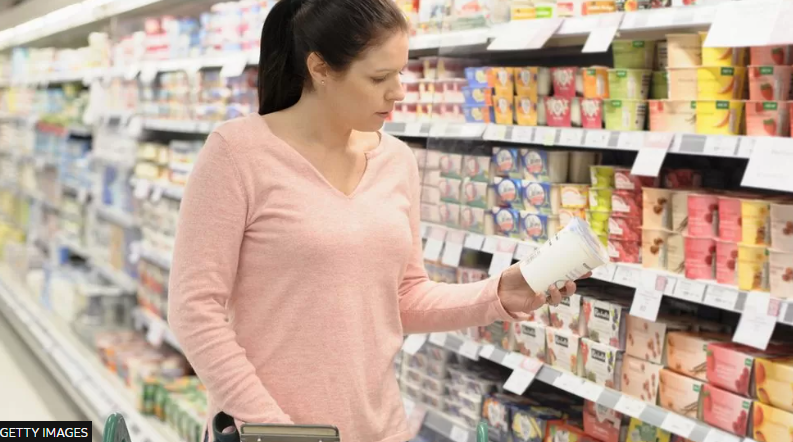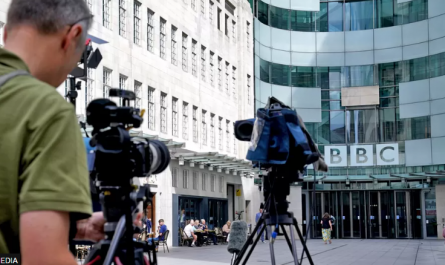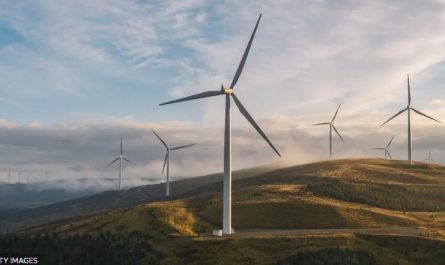Government borrowing in November hit its highest level for the month since records began, official figures said.
Borrowing – the difference between spending and tax income – stood at £22bn as the public sector spent more than it received.
Government spending on cost of living payments and energy bill support for households helped fuel the rise.
And the ONS also said the interest on government debt in November rose to £7.3bn, the highest figure since 1997.
“Since mid-2021, the cost of servicing central government debt has increased considerably,” the ONS said.
November’s borrowing figure was £13.9bn more than in November last year, which is the highest level for the month since records began in 1993.
- Where does the government borrow billions from?
Grant Fitzner, chief economist at the ONS, said rising inflation was the biggest reason for the record government borrowing figures for November.
“If you wanted to put it in one word, it would be inflation,” he told the BBC’s Today programme.
“And that’s reflected in a couple of things. Firstly, of course, as we know the cost of energy support for households and business, that’s around £6.5bn extra spending a month.
“Higher debt interest payments, reflecting again, high inflation and interest rate payments and also higher pensions and benefits than a year ago.”
UK inflation, which is the rate prices rise, eased to 10.7% in the year November, but the cost of living is still rising at its fastest pace in 40 years.
Consumer prices have been rising this year as energy, fuel and food costs soar due to the war in Ukraine and Covid. Food prices are up 16.5%.
But the recent easing of inflation has led to some analysts predicting that a turning point may have been reached.
Chancellor Jeremy Hunt said faced with the “twin global emergencies of a pandemic and Putin’s war in Ukraine, we have taken significant action to support millions of businesses and families here in the UK”.
“We have a clear plan to help halve inflation next year, but that requires some tough decisions to put our public finances back on a sustainable footing,” he added.
Total public sector spending struck £98.9bn for November while day-to-day central Government expenditure increased by £13.5bn on the year to £82bn for November, the ONS said.



